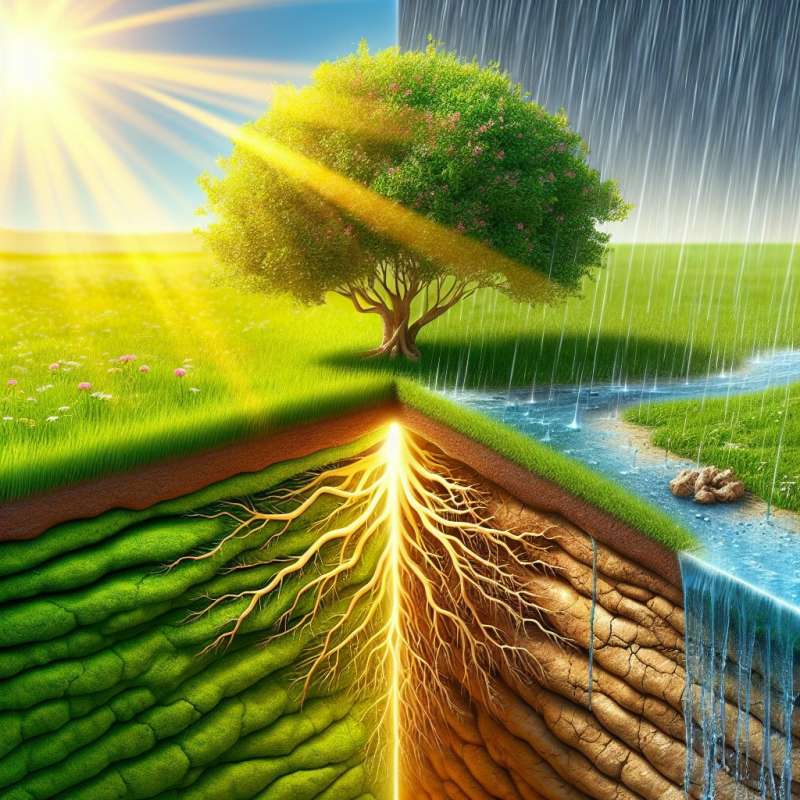
Understanding Post-Flood Water
After a flood, water doesn't simply vanish. It follows a complex path of absorption, runoff, and evaporation. This journey can significantly affect local ecosystems, infrastructure, and groundwater reserves.
Soil Absorption Effects
Soil acts as a sponge, absorbing water, which helps replenish groundwater. However, saturation can lead to altered soil composition, affecting plant life and leading to potential landslides.
Runoff and Waterways
Excess water becomes runoff, flowing into rivers, lakes, and oceans. This can lead to elevated pollution levels as runoff collects contaminants from overburdened sewage systems and agricultural lands.
Evaporation and Condensation
Water evaporates from surfaces and transpires from plants, later condensing to form clouds. This process is part of the water cycle, eventually leading to precipitation that can cause further flooding.
Urban Floodwater Dynamics
In urban areas, impermeable surfaces hinder absorption, leading to more runoff and potential flash floods. Advanced drainage systems are critical in managing these waters and preventing long-term damage.
Groundwater Recharge Impact
Floods can significantly recharge groundwater levels, affecting wells and springs. This can improve water availability in drought-prone areas but also alter the chemical balance of groundwater supplies.
Ecosystems Transformation
Post-flood waters can create new habitats, altering ecosystems. Some species thrive while others struggle to survive. Wetlands can expand, providing crucial benefits like water purification and flood mitigation.Floods Spark Lightning Fires
Post-flood soil saturation can trigger underground electrical discharges, sometimes igniting wildfires in unexpected areas.
What happens to water after a flood?
It disappears immediately.
Follows absorption, runoff, evaporation path.
It stays stagnant locally.
Company